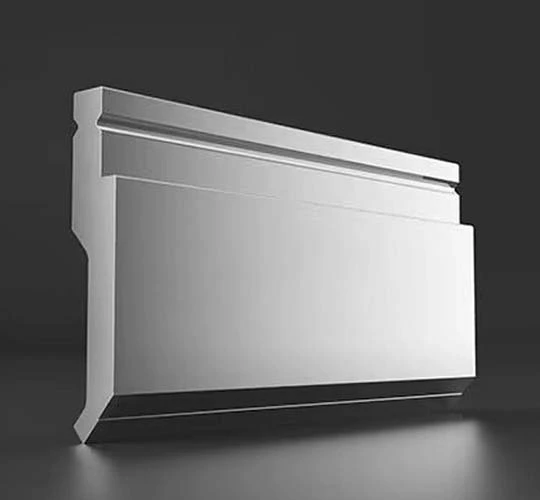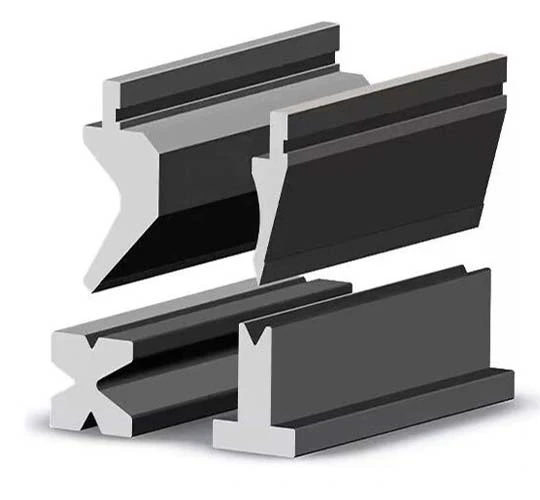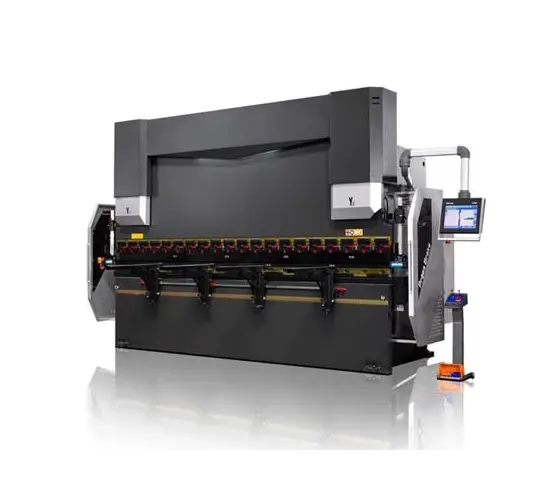Selecting the right shredder blades is critical for optimizing performance and efficiency in material processing. The choice between steel and plastic blades hinges on the materials being shredded, the volume of work, and budget considerations. shredding operations?" data-reason="This keyword is crucial as it highlights the primary component discussed in the text, attracting backlinks from industrial and manufacturing sites interested in heavy-duty shredding solutions.">Steel blades offer unmatched durability for heavy-duty tasks like shredding metals, while plastic blades provide a cost-effective solution for lighter applications such as paper or soft plastics. This blog explores the key differences between steel and plastic shredder blades, helping you make an informed decision for your shredding operations.
What are Steel Blades?
Steel blades, particularly those made from high-carbon steel or alloy steel, are engineered for strength and longevity, making them the go-to choice for demanding shredding tasks. Their robust construction allows them to handle tough materials like metals, hard plastics, and abrasive composites with ease, making them a staple in industrial shredders and scrap metal processing facilities. While steel blades come with a higher initial cost compared to plastic alternatives, their durability translates to less frequent sharpening and maintenance, reducing downtime and long-term expenses. For operations involving heavy-duty materials or high-volume shredding, steel blades provide the reliability and performance needed to maintain efficiency.
What are Plastic Blades?
Plastic blades offer a budget-friendly option for shredding softer materials, such as paper or lightweight plastics, making them ideal for applications like office paper shredders or small-scale recycling. Their affordability makes them an attractive choice for businesses with limited budgets or less demanding shredding needs. However, plastic blades are less durable than steel and are prone to wear and tear, particularly when used on tougher materials. This can lead to more frequent sharpening or replacement, increasing maintenance costs over time. For low-volume, lighter tasks, plastic blades provide a cost-effective solution without the need for the robust strength of steel.
Key Factors to Consider When Choosing Blades
Several factors should guide your decision when selecting between steel and plastic shredder blades. The material to be shredded is paramount—tough, abrasive materials like metals or hard composites demand the durability of steel blades, while softer materials like paper or light plastics can be effectively processed with plastic blades. Shredding volume also plays a role; high-volume operations benefit from the longevity of steel blades, which can withstand prolonged use without frequent maintenance. Cost versus durability is another critical consideration—while steel blades have a higher upfront cost, their extended lifespan often justifies the investment for heavy-duty applications. Finally, evaluate maintenance requirements, as plastic blades may require more frequent attention, while steel blades offer lower maintenance demands.
Choosing between steel and plastic shredder blades depends on the specific demands of your shredding operation. Steel blades are the preferred choice for heavy-duty tasks, offering superior durability and reliability when processing tough materials like metals or hard plastics. Plastic blades, while less durable, provide a cost-effective option for lighter tasks such as shredding paper or soft plastics. By considering factors like material type, shredding volume, cost, and maintenance needs, you can select the blade that best aligns with your operational goals. Making the right choice ensures efficient shredding, reduced downtime, and optimal performance for your workshop or facility.
 English
English 日本語
日本語 한국어
한국어 français
français Deutsch
Deutsch Español
Español русский
русский Türkçe
Türkçe português
português العربية
العربية Polska
Polska हिंदी
हिंदी Indonesia
Indonesia


